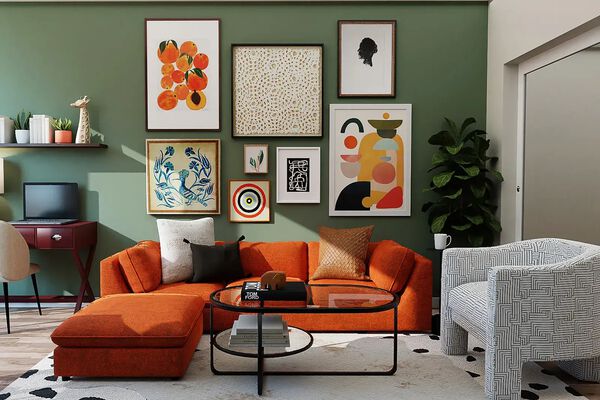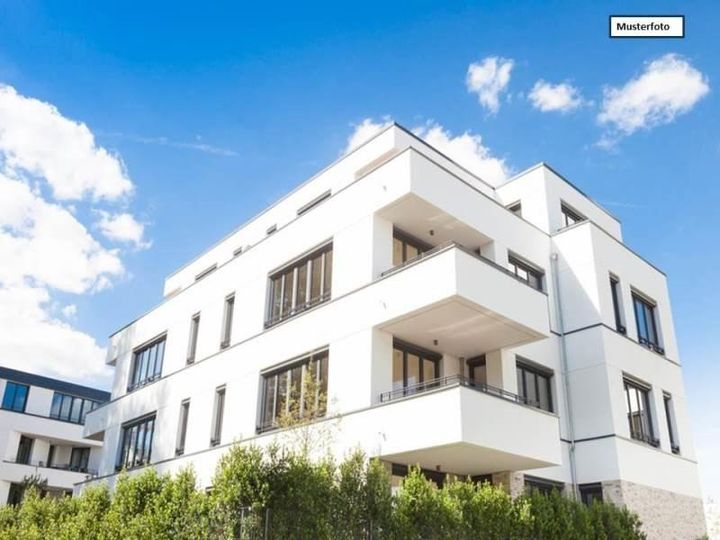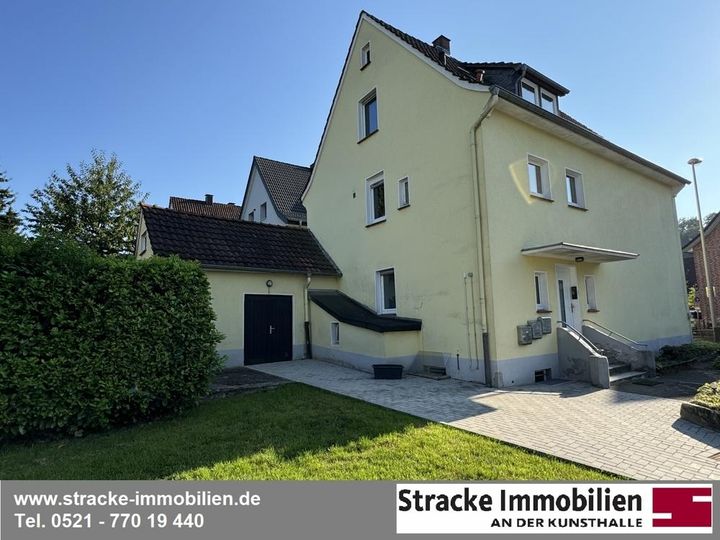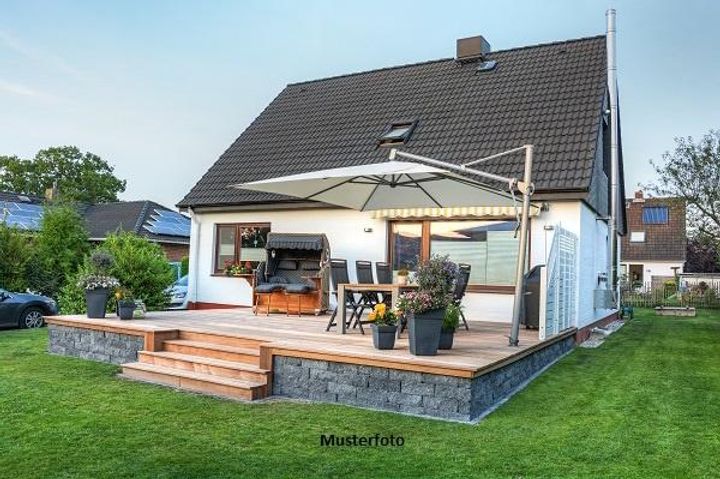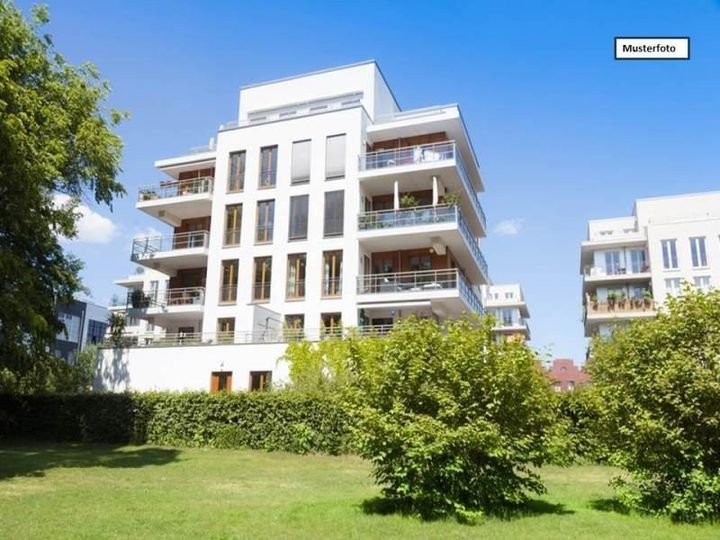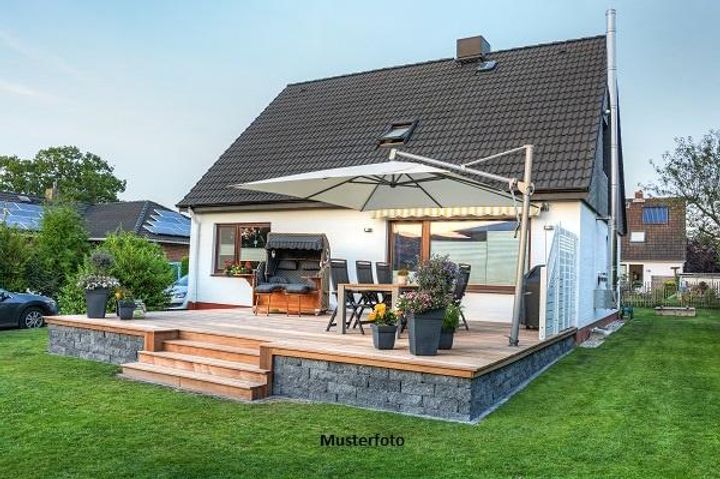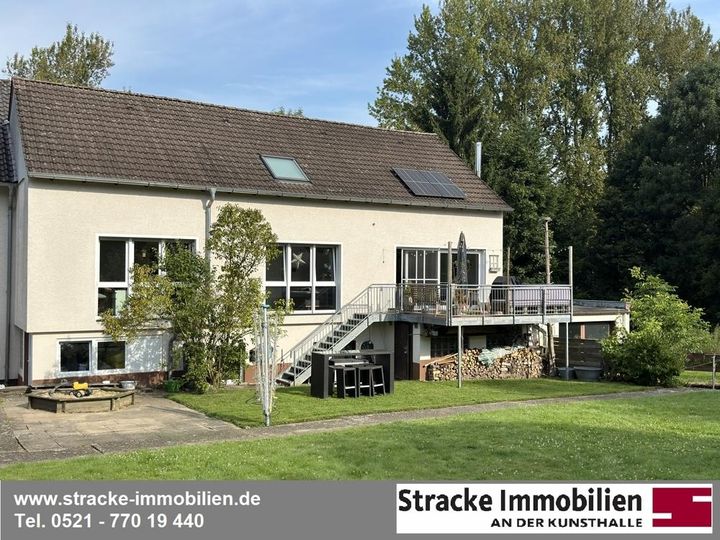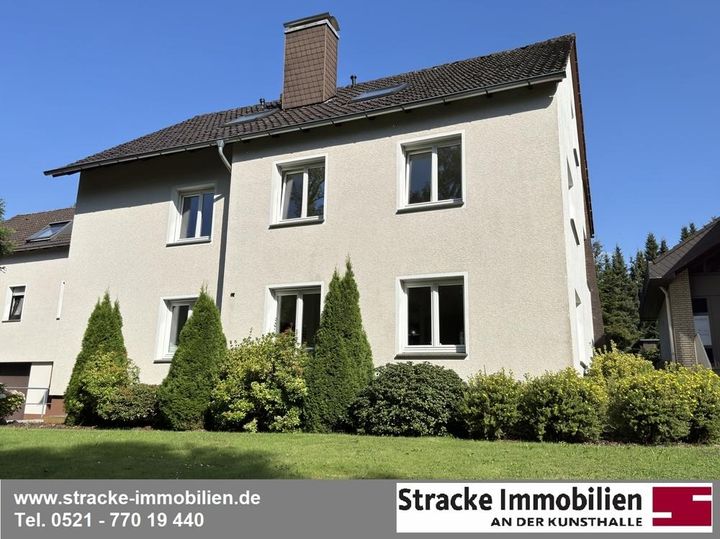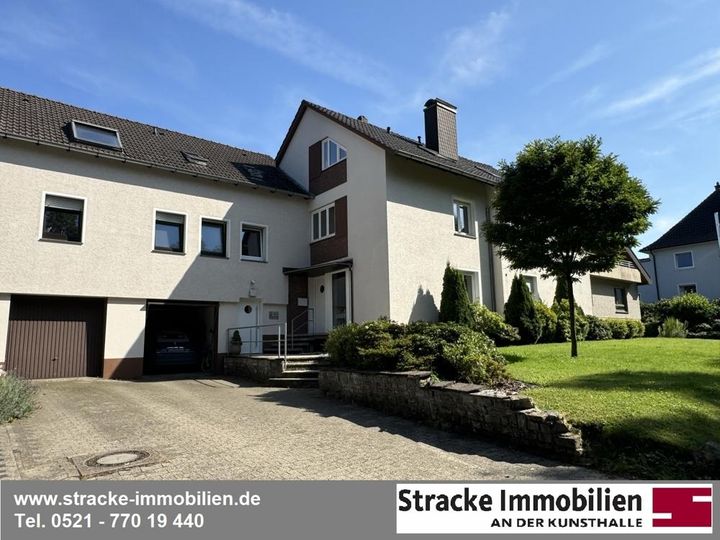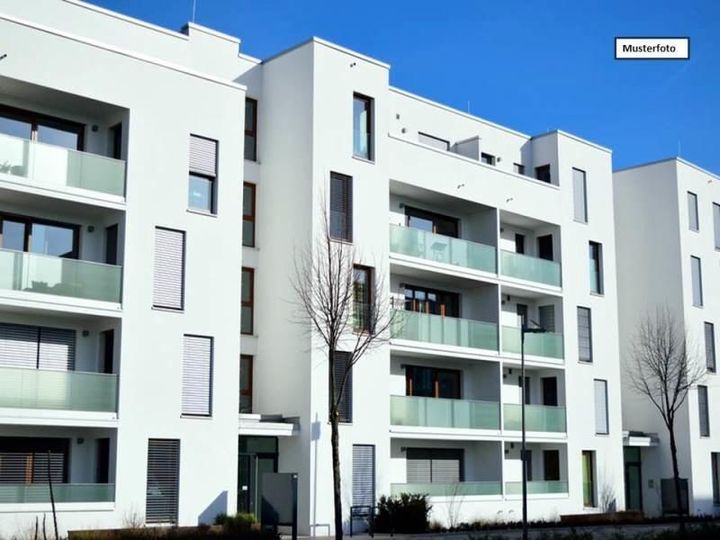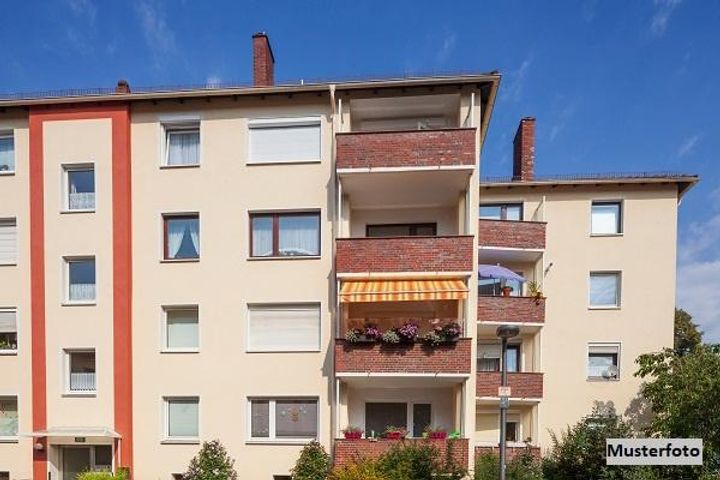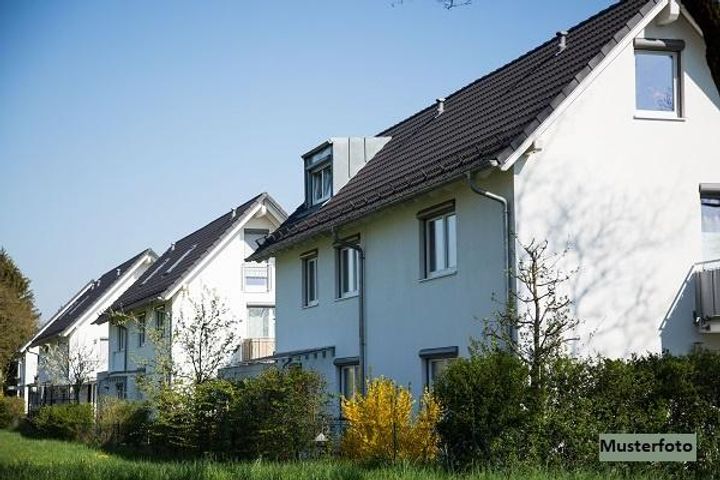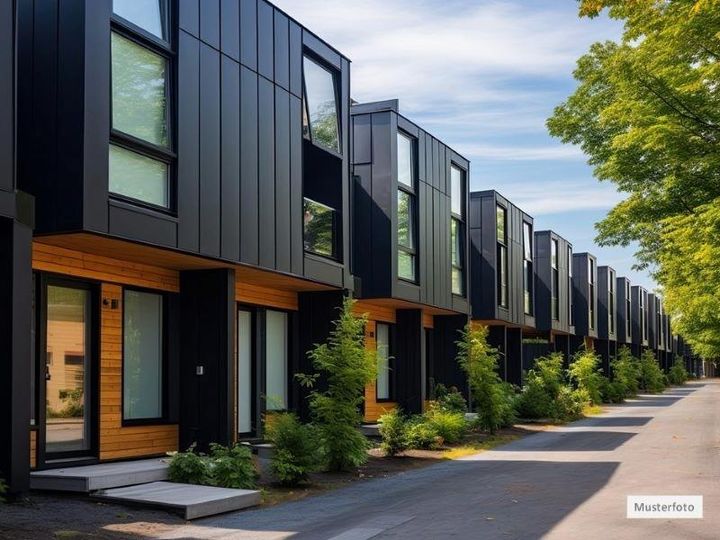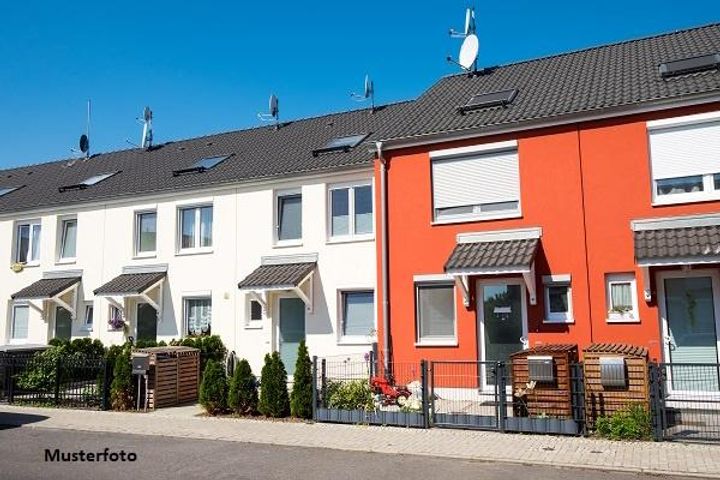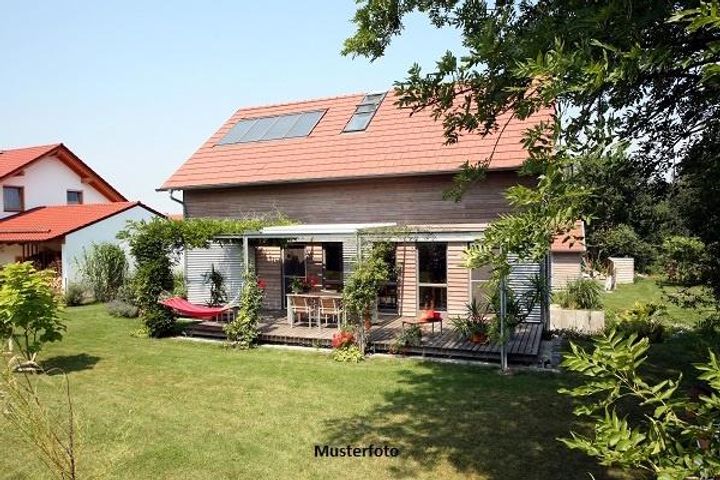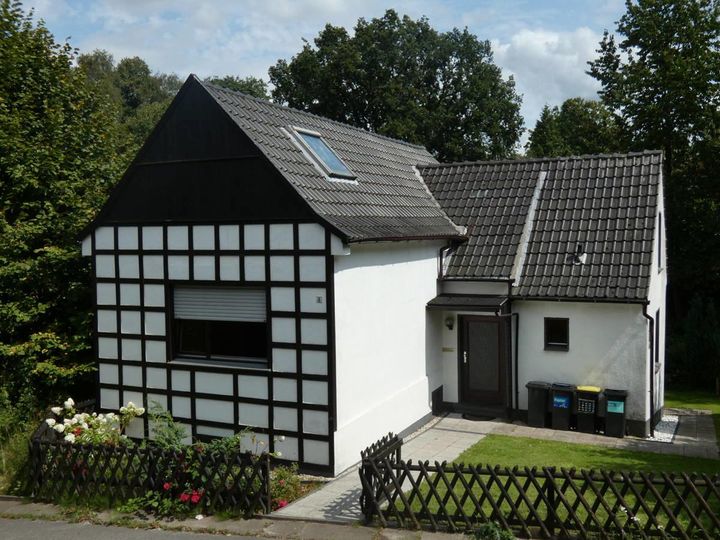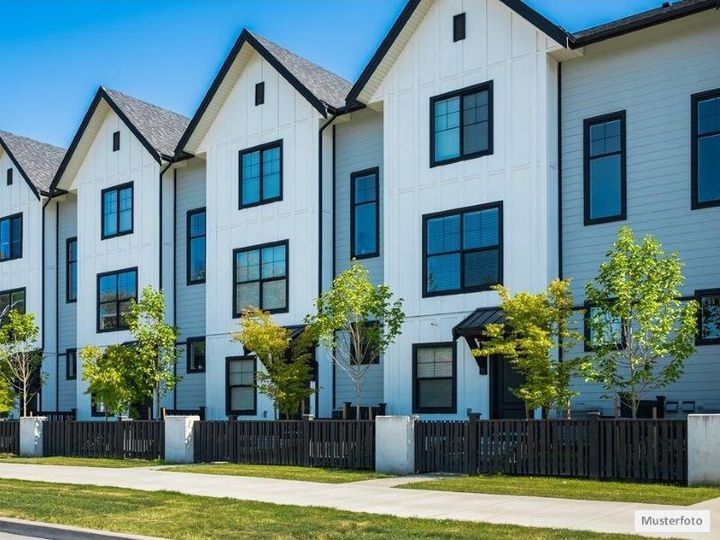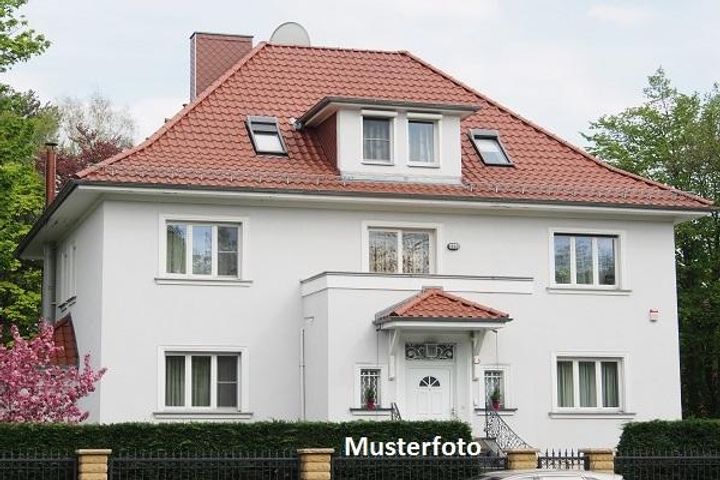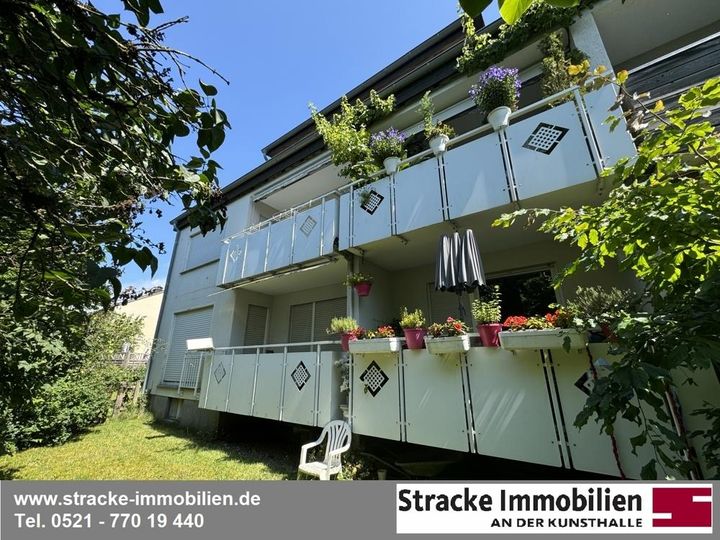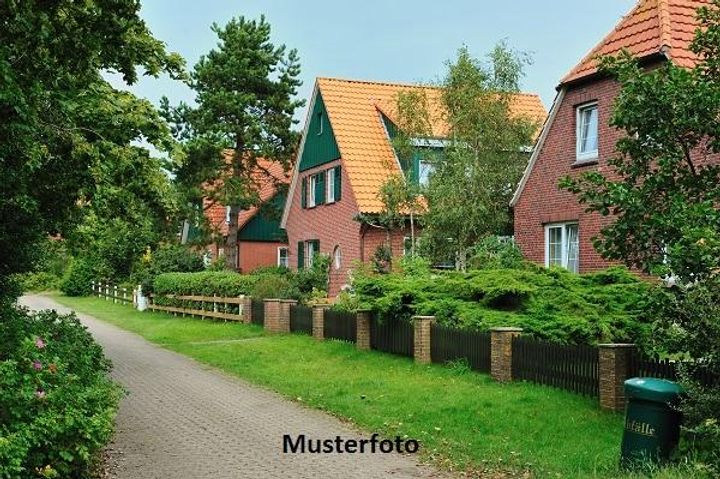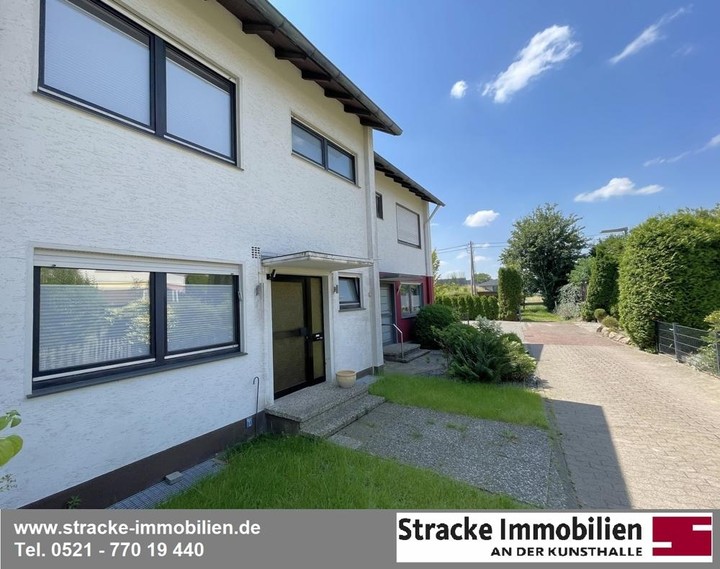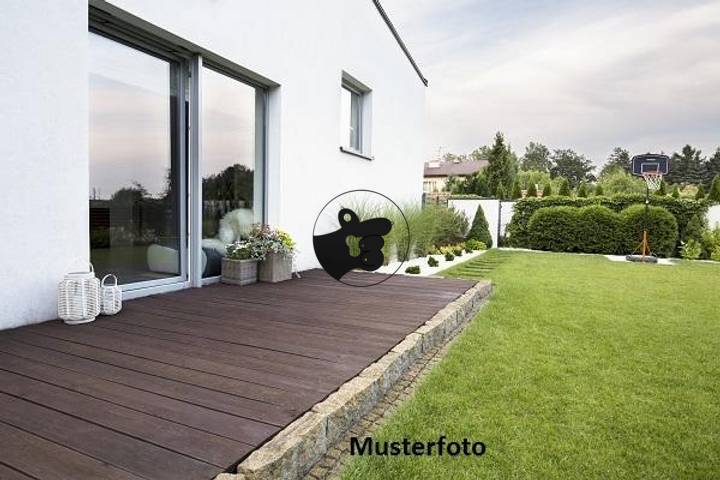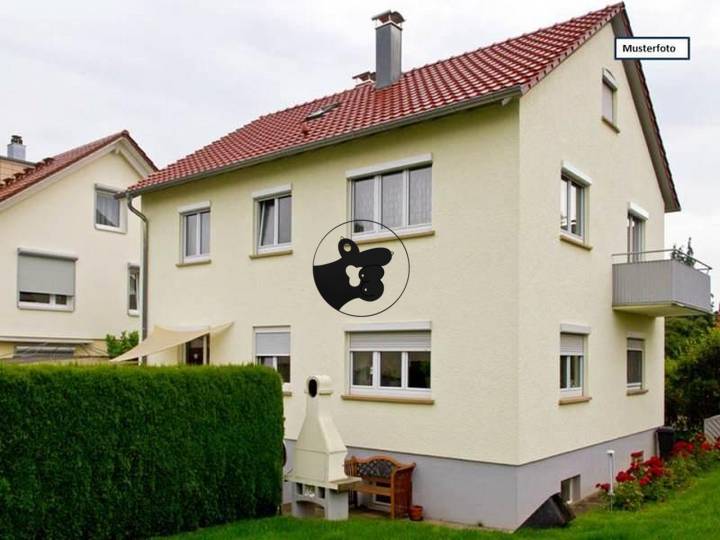As of 2023, the average price per square meter for residential properties in Bielefeld varies depending on the neighborhood and property type. In more central and sought-after areas such as the Old Town or near the university, prices can range from €3,000 to €4,500 per square meter. Conversely, in outlying districts or areas undergoing development, prices may drop to around €2,000 to €2,500 per square meter. For example, properties in the Krähenfeld and Jöllenbecker districts tend to be on the lower end of the spectrum, while premium locations like Schildesche command higher prices due to their amenities and transport links. Factors influencing these variations include property age, condition, and proximity to public services.
Bielefeld
Location
Price Range
Any price
Price Range
Minimum
No min
Maximum
No max
Property type
Show all
Property type
Show all
House
Apartment
Building
Other
Bedrooms
Any beds
Bedrooms
Minimum
No min
Maximum
No max
Surface Range
Any surface
Surface Range
Minimum
No min
Maximum
No max
Sale type
For sale
Sale type
Show all
To rent
For sale
Location
Apartments and houses for sale in Bielefeld
49 results
Recent
Bielefeld insights
| Aspect | Summary |
|---|---|
| Population | 333,000 |
| Average Property Price | €2,500 per square meter |
| Rental Yield | 4.5% |
| Average Rent | €10 per square meter |
| Occupancy Rate | 95% |
| Capital Growth Rate | 3% per year |
| Property Tax | 3.5% |
| Transaction Costs | 7.0% |
| Expected ROI | 6.5% |
| Economic Growth Impact | Positive, moderate growth in key sectors |
Bielefeld FAQ
What is the average price per square meter for residential properties in Bielefeld?
What types of properties are generally cheaper in Bielefeld?
In Bielefeld, properties in areas further from the city center typically offer lower prices compared to those in more central neighborhoods. For instance, suburbs like Sennestadt and Brackwede often feature more affordable single-family homes and larger apartments. Similarly, older buildings in need of renovation, particularly in areas like Hoberge-Uerentrup, can be significantly cheaper than newer constructions. Smaller studios and one-bedroom apartments in outlying districts also tend to have lower rental costs. Additionally, properties with less modern amenities, such as basic heating systems or older fixtures, are often priced more attractively, making them appealing for budget-conscious buyers or renters looking for more space without the premium cost associated with newer developments.
What factors influence real estate prices in Bielefeld?
Real estate prices in Bielefeld are influenced by several critical factors, including location, economic conditions, and infrastructure development. Inner-city neighborhoods like Schildesche and the Altstadt typically command higher prices due to their proximity to amenities, cultural attractions, and public transport links, while areas further from the center, such as Jöllenbeck, tend to be more affordable. Economic stability and job opportunities in Bielefeld, bolstered by a mix of industries including manufacturing and technology, also play a significant role in attracting potential buyers. Furthermore, recent investments in infrastructure projects, such as the expansion of public transport routes and improvements in road connectivity, enhance accessibility and desirability, directly impacting real estate values. Additionally, the demographics of the region, such as the influx of young professionals and families, can shift demand patterns and drive prices up or down accordingly.
How have real estate prices in Bielefeld changed over the past few years?
In recent years, real estate prices in Bielefeld have experienced notable fluctuations, reflecting broader trends in the German property market. Between 2018 and 2021, the city saw a significant price increase, with apartment prices rising by approximately 15% to 20% in certain districts, particularly in the more desirable areas like Schildesche and Mitte. For instance, the average price per square meter for apartments reached around €2,600 in these neighborhoods by 2021, compared to €2,200 in 2018. Detached houses also witnessed a surge, with values climbing to an average of €350,000, a marked increase from previous years. The increase in demand for housing, driven by factors such as urban migration and a growing job market, has contributed to this upward trend. Additionally, the COVID-19 pandemic further accelerated the shift as remote work prompted many to seek more spacious living environments, pushing prices higher in suburban areas of Bielefeld.
Are there specific neighborhoods in Bielefeld where prices are higher?
In Bielefeld, certain neighborhoods are known for their higher property prices compared to others. For instance, the district of Schildesche offers charming half-timbered houses and a vibrant community atmosphere, attracting families and young professionals alike, which drives up demand and, consequently, prices. Another area, known as Mitte, is the city center that boasts modern apartments, proximity to shops, restaurants, and cultural amenities, leading to increased valuations. Additionally, areas like Brackwede feature a mix of suburban tranquility and accessibility, making it an appealing choice for those seeking more space while still having good transport links. Conversely, neighborhoods like Gadderbaum and Heepen tend to have more affordable housing options, often catering to a more budget-conscious demographic.
How do Bielefeld's real estate prices compare to other cities in North Rhine-Westphalia?
Bielefeld’s real estate prices are generally more affordable compared to other major cities in North Rhine-Westphalia, such as Düsseldorf and Cologne. As of 2023, average property prices in Bielefeld hover around €2,400 per square meter for apartments, whereas in Düsseldorf, the average can exceed €4,500, and in Cologne, it ranges between €3,500 and €4,000 per square meter. Rent prices in Bielefeld also reflect this trend, with average monthly rents for a one-bedroom apartment in the city center at approximately €700, contrasting with Düsseldorf and Cologne, where the same apartment can cost around €1,200 and €1,000, respectively. This price disparity makes Bielefeld an appealing option for families and young professionals looking for more economical living arrangements within the region.
What trends should I expect in Bielefeld's real estate market in the coming years?
In the coming years, Bielefeld's real estate market is expected to experience a steady rise in demand due to several factors, including population growth and urbanization. The city's ongoing development projects, such as the expansion of public transport and enhancements to local infrastructure, are likely to increase its attractiveness for new residents and businesses alike. The residential sector may see a shift toward more sustainable living options, driven by growing environmental awareness among buyers, with increased interest in energy-efficient buildings and units equipped with smart technology. Additionally, as remote work remains prevalent, there's potential for a surge in interest in suburban areas surrounding Bielefeld, where larger properties may attract families looking for more space. Commercial real estate could also evolve, with a focus on mixed-use developments that blend office, retail, and living spaces, catering to the changing preferences of both residents and businesses in a post-pandemic world.

